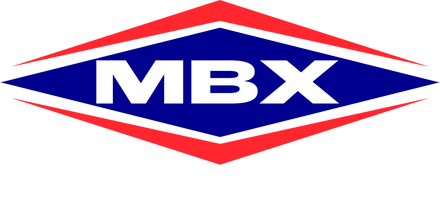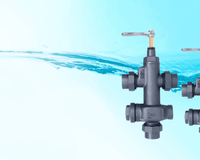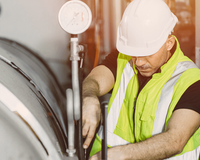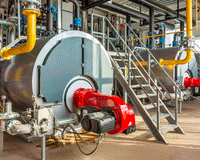Understand the function of the discharge valve in a boiler
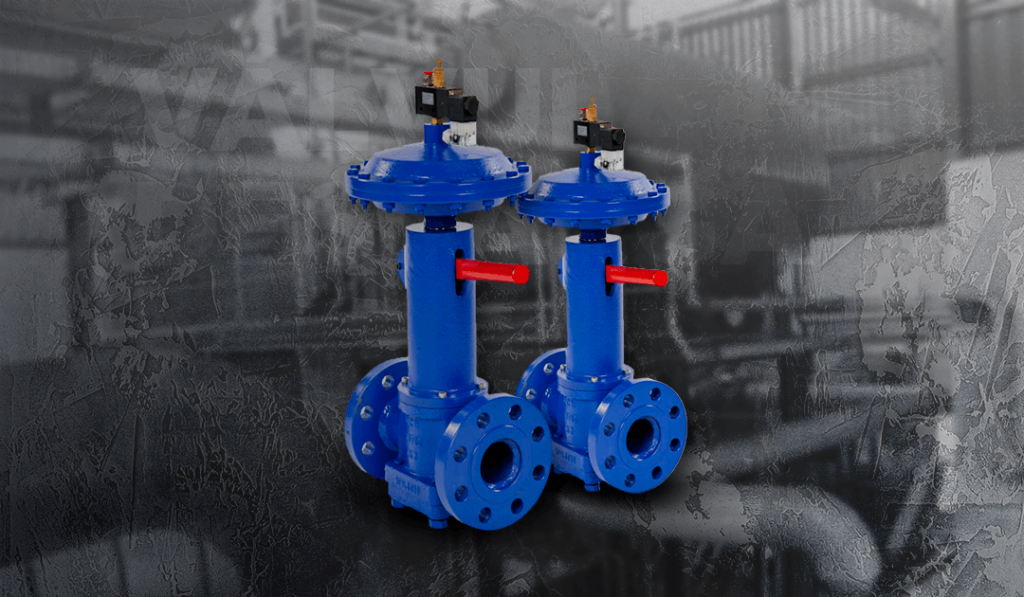
Considered a single piece, forged or cast in carbon steel or alloy steel, the discharge valve is specially designed to perform the controlled discharge of water from a boiler. It removes corrosive elements that may be present at the bottom, such as light fluids.
Due to this characteristic, the discharge valve is indicated for applications intended to control and block the flow of fluids. In the boiler, it is used to control undesirable fluids, ensuring greater efficiency in steam generation.
Therefore, it is very important that you understand the indication for using a boiler's bottom discharge valve, such as reducing maintenance costs and work accidents.
Indications for a boiler discharge valve
In a boiler, the periodic extraction of sludge, promoted by the Bottom Discharge Valve, is of great importance for the proper functioning and conservation of this type of steam generator.
This valve becomes essential in the continuous process of vaporization and replacement of water inside the boiler, which involves the formation and concentration of impurities.
To prevent the build-up of impurities on the boiler wall, chemicals are commonly added to the water that can modify the nature of the impurities. This results in solid particles that settle at the bottom of the boiler in the form of sludge.
However, the progressive accumulation of scale can cause serious thermal stresses that can even crack the boiler walls or split the rivets. If it reaches the tubes, the stresses can be aggravated by the consequent retention of heat, causing, in more serious cases, even destruction.
Operation and importance of a bottom discharge valve in a boiler
To avoid excess particles at the bottom of the boiler, the industry needs to adopt a discharge valve responsible for “providing a bottom discharge” for this accumulated fluid, thus allowing the boiler’s normal usage patterns to be reestablished.
In other words, the bottom discharge valve aims to “throw (eliminate)” sedimented sludge out of the boiler. This elimination occurs through the drag of differential pressure and speed.
To eliminate sludge, this type of valve can be operated manually – using a handle or handwheel. It may or may not have a graduated scale and a padlock – or automatically using an electric or pneumatic actuator, improving efficiency and safety.
In this way, the bottom discharge valve of a boiler allows for a reduction in maintenance costs and work accidents. It also provides production gains and, consequently, increased revenue for the company that uses this process.
This means that the person responsible for operating the boiler can work much more calmly, as they will know that the discharges occurred on time and in the appropriate manner.
MBX Boiler Bottom Discharge Valve: Greater efficiency and effectiveness
The options for boiler bottom discharge valves are quite varied. However, if you are looking for greater effectiveness and efficiency, we invite you to learn about MBX bottom discharge valves , such as the MBX-50A.
Due to its construction, the MBX discharge valve allows greater thrust, generating greater drag and removal of residues and solid particles deposited at the bottom of the boiler.
MBX valves also feature a significantly lower flow coefficient when compared to globe and ball valves. This results in greater savings in water, chemicals, fuel and energy.
The MBX automatic bottom discharge valve has the following features:
- 300 lbs pressure;
- Temperature: 450ºC;
- Highly robust due to its construction;
- Allows greater thrust, generating greater mud drag.
Finally, it is worth mentioning that this valve is actuated by dry, dust-free compressed air and oil at a pressure of 6.0 bar. The MBX boiler discharge valve also offers complete safety in sealing and flow control.
Want to know more? Then find out everything about MBX on our Blog .
